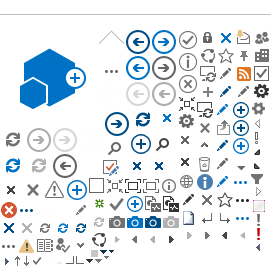Who We Are
Teledyne LABS brings together decades of specialized expertise in laboratory automation through a collection of established brands that have shaped analytical chemistry. Our foundation includes pioneering companies like Tekmar, which revolutionized VOC testing with the first Purge & Trap system in 1974, alongside CETAC Technologies, Hanson Research, ISCO, and Leeman Labs.
We offer laboratory solutions that work together. Rather than piecing together equipment from multiple vendors, laboratories can rely on integrated systems designed to maximize productivity while minimizing errors.
Our commitment goes beyond manufacturing equipment. We provide ongoing technical support, method development assistance, and training programs that help laboratories achieve their analytical goals. With decades of regulatory compliance experience, we understand the challenges facing laboratories and design solutions that address real-world analytical needs.
From environmental monitoring to pharmaceutical quality control, Teledyne LABS serves laboratory professionals who demand reliable, accurate results. Our automation expertise helps laboratories increase sample throughput, reduce operator exposure to hazardous materials, and maintain consistent analytical quality across different operators and sample batches.
